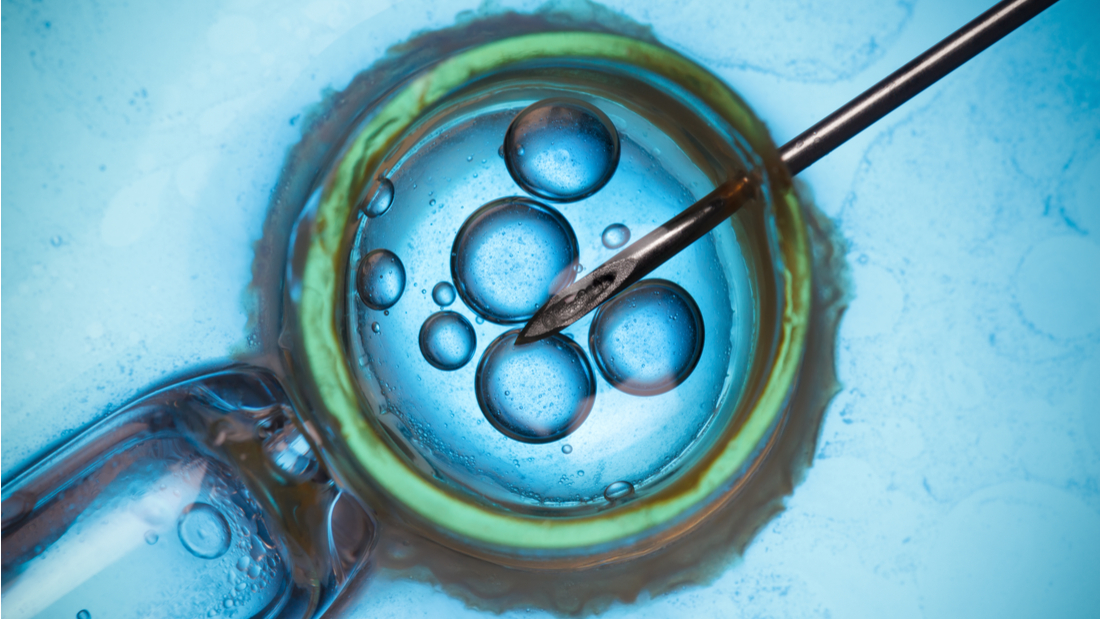
AI Takes IVF to Edge of Bold New Frontier
Scientists from Imperial College, London and Cornell University in the USA are on the verge of a potentially major fertility treatment breakthrough using artificial intelligence to assess images of embryos and to then determine whether they are suitable for IVF success.
Around 50 percent of all miscarriages are attributable to the incorrect number of chromosomes in an embryo. However, by using AI to look at the embryos, the team was able to identify those with the wrong number of chromosomes and in the process predict live births with an 85 percent success rate. Importantly, the technique is non-invasive and is less likely to result in damage than conventional microscope-based methods.
Initially the computer was fed 700 images of embryos, and, in order to help it develop an algorithm, was told which resulted in miscarriage or stillbirth and which resulted in a live birth. In a subsequent trial, the computer assessed the images of 328 implanted embryos; out of these, it correctly identified 280 which led to a live birth.
The researchers presented their paper to the American Society for Reproductive Medicine conference in Denver earlier this month and have expressed their belief that the technology could be available to IVF recipients within five years.
Impressively, the technology would be democratic as it would not require the purchase of expensive hardware. Fertility clinics would simply need to send embryo time-lapse images to the assessment computer, affectionately referred to as “The Beast” by researchers, and would receive almost instant results.
“It’s all web based. It doesn’t mean every hospital will have to have this it can just be done over the internet very easily,” commented Cornell University’s Dr Nikica Zaninovic, the study’s lead author. “This is something new and an 85 per cent success rate is huge.”
The British Journal of Obstetrics and Gynaecology recently reported that time-lapse analysis of fresh embryos improves live birth rates by up to 28 percent.
Cautious optimism
The AI development is encouraging but it is likely to be only part of many possible new solutions. The Human Fertilization and Embryology Authority have cautioned the need for more research before drawing any firm conclusions.
However, researchers believe that the machine will learn on the job. Every piece of new data it receives helps it evolve and adapt its algorithm so that it can become more accurate for future cases.
Dr Zaninovic said that the technology could help women under 35 who are not subject to underlying health issues improve their chances of a live birth by around 60 to 70 per cent.
Prof Allan Pacey, a fertility specialist at Sheffield University, said that although time-lapse technology has been used for some time, it has so far failed to improve outcomes and “therefore the application of artificial intelligence to the data collected from time-lapse systems is a very good idea as it may find patterns and algorithms that are not visible to the human eye.”


